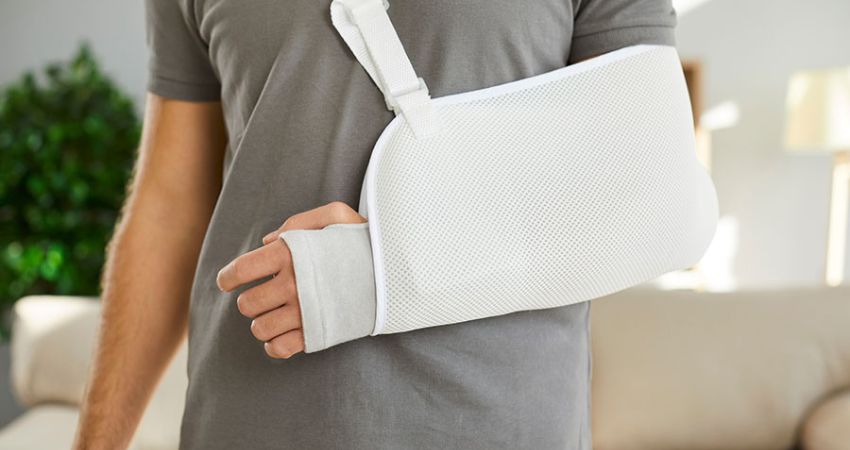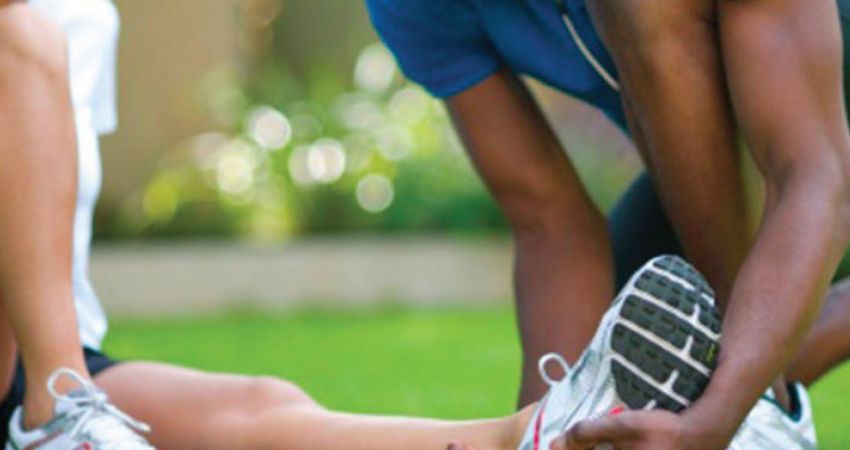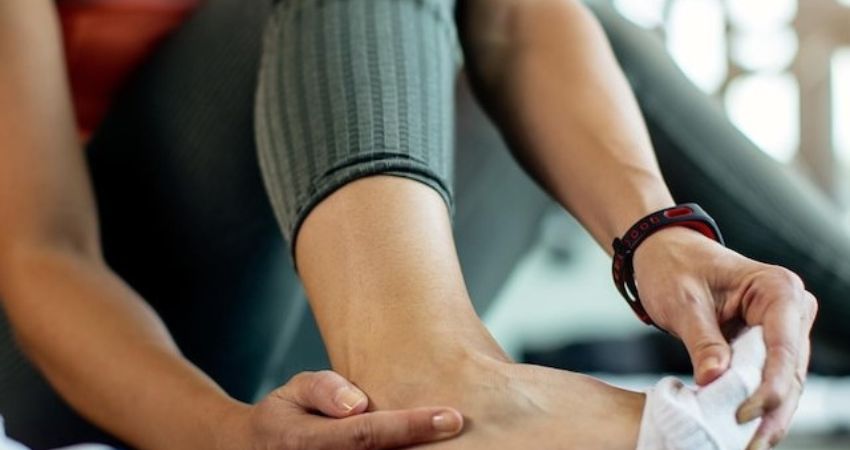Common Sports Injury Rehabilitation Techniques: Sports injuries are an unfortunate reality for athletes of all levels, from weekend warriors to professional competitors. However, with the right rehabilitation techniques, athletes can bounce back stronger and resume their activities with confidence. This article delves into common sports injury rehabilitation methods, offering insights into how they promote recovery and prevent future injuries.
Common Sports Injury Rehabilitation Techniques
Sports injuries can range from minor strains and sprains to more severe fractures and tears. Common types of sports injuries include muscle strains, ligament sprains, tendonitis, and stress fractures. Understanding the nature of the injury is essential for developing an effective rehabilitation plan tailored to the athlete’s specific needs.
Rest, Ice, Compression, Elevation (RICE)

The RICE protocol is a fundamental component of sports injury rehabilitation. It involves rest to allow the injured tissue to heal, ice therapy to reduce inflammation and pain, compression to support the injured area and minimize swelling, and elevation to facilitate drainage of excess fluid. This simple yet effective approach can accelerate the early stages of recovery and provide symptomatic relief.
Physical Therapy and Rehabilitation Exercises
Physical therapy plays a crucial role in sports injury rehabilitation, helping athletes regain strength, flexibility, and range of motion in the injured area. Rehabilitation exercises are tailored to the athlete’s specific injury and may include stretching, strengthening, balance training, and functional exercises. A skilled physical therapist guides the athlete through each exercise, ensuring proper form and progression.
Manual Therapy Techniques
Manual therapy techniques, such as massage, joint mobilization, and soft tissue manipulation, can complement traditional rehabilitation exercises by addressing muscular imbalances, scar tissue formation, and joint dysfunction. These hands-on techniques promote tissue healing, improve flexibility, and alleviate pain, helping athletes recover more quickly and effectively.
Modalities for Pain Management
Pain management is a crucial aspect of sports injury rehabilitation, as persistent pain can hinder progress and delay return to activity. Various modalities, such as ultrasound therapy, electrical stimulation, and therapeutic laser, can help alleviate pain and accelerate tissue healing. These non-invasive treatments target the underlying causes of pain, allowing athletes to resume their training with reduced discomfort.
Neuromuscular Re-education

Neuromuscular re-education focuses on restoring proper movement patterns and motor control following a sports injury. Through targeted exercises and functional movements, athletes learn to activate and coordinate the muscles surrounding the injured area, improving stability, balance, and proprioception. Neuromuscular re-education is essential for reducing the risk of recurrent injuries and optimizing athletic performance.
Functional Training and Return-to-Sport Protocols
As athletes progress through the rehabilitation process, they transition to functional training and sport-specific exercises designed to simulate the demands of their sport. Return-to-sport protocols gradually reintroduce dynamic movements, agility drills, and sport-specific skills, ensuring that athletes regain the confidence and readiness to resume competition safely.
Injury Prevention Strategies
Athletes work hard not just to recover from injuries but also to stop them happening again. Preventing injuries is super important for them. They use special programs to help. These programs aren’t just about getting stronger, they’re about staying safe. They do exercises to get stronger, stretch to stay flexible, learn the right ways to move, and sometimes even change their gear. By doing all this, they can lower the chances of getting hurt while playing sports. It’s like fixing things inside their bodies and making them stronger so they can keep playing without worrying too much about getting injured.

Imagine you’re an athlete, maybe a soccer player or a basketball pro. You love your sport, and you want to play it at your best. But what if you get injured? It’s not just the pain that’s a problem. Injuries can keep you from doing what you love. They can stop you from training, playing games, and even hanging out with your teammates. Plus, injuries can sometimes take a long time to heal, and during that time, you might miss out on important matches or competitions.
That’s why athletes take injury prevention seriously. They don’t want to be stuck on the sidelines when they could be out on the field or court, giving it their all. So, they use different strategies to lower the chances of getting hurt.
One big part of injury prevention is building up strength and flexibility. Think of your body like a machine. If it’s strong and flexible, it’s less likely to break down. Athletes do exercises to make their muscles stronger and more resilient. They also stretch to keep their muscles and joints flexible, which helps them move more freely and reduces the risk of strain or tears.
Psychological Support and Rehabilitation
Coping with a sports injury can take a toll on an athlete’s mental well-being, affecting confidence, motivation, and emotional resilience. Psychological support and rehabilitation play an integral role in the recovery process, helping athletes navigate the psychological challenges associated with injury. Techniques such as cognitive-behavioral therapy, visualization, and goal-setting can foster a positive mindset and facilitate the return to sport.
Gradual Return to Activity
It’s super important for athletes to come back to their sports slowly after an injury. This helps stop them from getting hurt again and makes sure they do well in the long run. Athletes need to follow a plan that goes step by step. They start with easy activities and then slowly do harder ones. The plan keeps track of how hard they work, how long they do it for, and how tough it is. Doctors and other healthcare experts keep a close eye on them during this time. They talk a lot with the athlete, their coach, and the medical team to make sure everything goes well when they come back to playing.
When athletes get injured, it’s like hitting pause on their sports journey. But just like pressing play again on a video, they can’t rush back into things. Imagine if you try to sprint before you’ve learned to walk properly. You might fall and hurt yourself even more. That’s why taking it slow and steady is crucial.
So, athletes follow a careful plan to get back into action. It’s like climbing a ladder, one step at a time. They start with easy exercises that don’t strain their injured part too much. These could be simple stretches or light movements. Then, as they get stronger and feel better, they gradually add more challenging activities.
Think of it as building a sandcastle. You start with a small pile of sand and slowly add more, shaping it into something impressive. In the same way, athletes build up their strength and skills again, shaping themselves back into top form.
But they’re not alone on this journey. Just like having friends help you build that sandcastle, athletes have a team of helpers. Doctors, physiotherapists, coaches, and other experts work together to guide them. They keep a close watch to make sure everything is going smoothly.
Conclusion
Sports injury rehabilitation is a multifaceted process that requires a comprehensive approach addressing physical, psychological, and biomechanical factors. By utilizing a combination of rehabilitation techniques, athletes can overcome injuries, rebuild strength and function, and return to their sport with confidence. With proper guidance and support, athletes can rebound stronger than ever, ready to excel on the field, court, or track.



